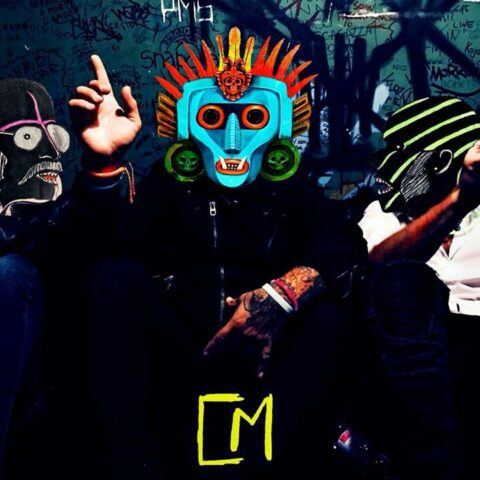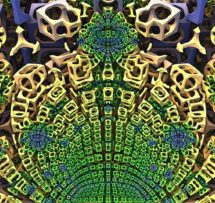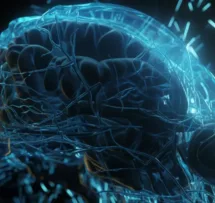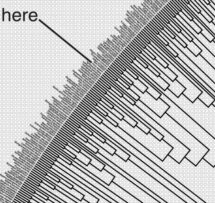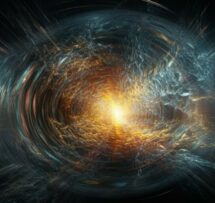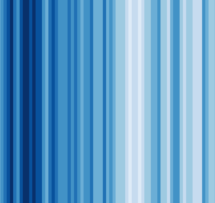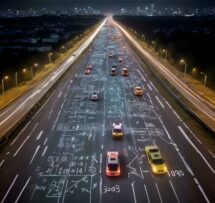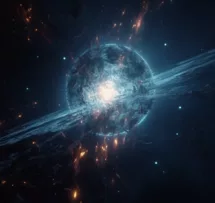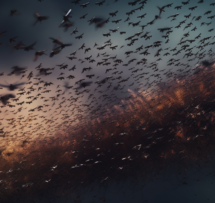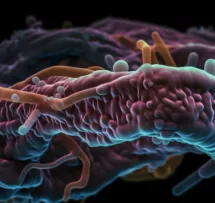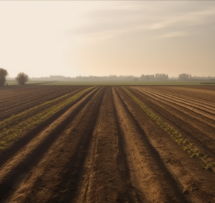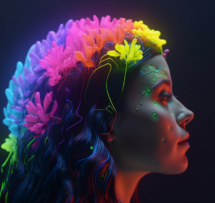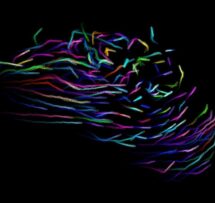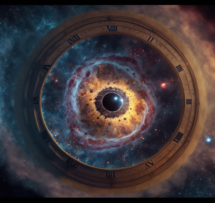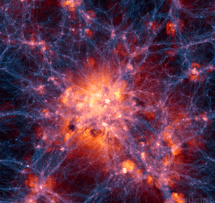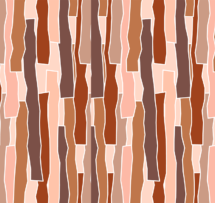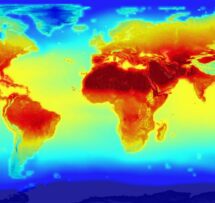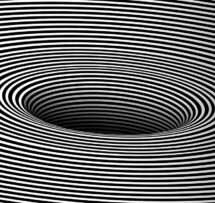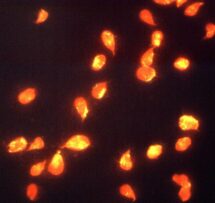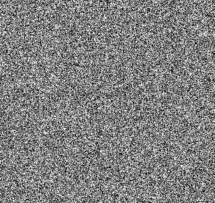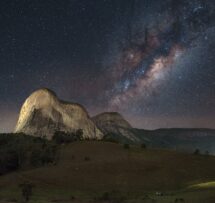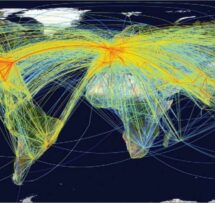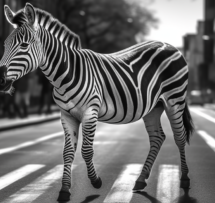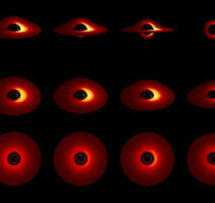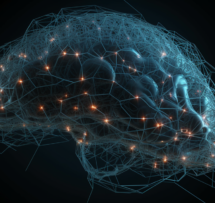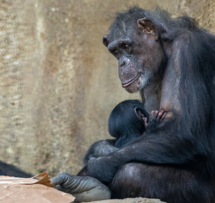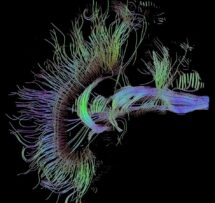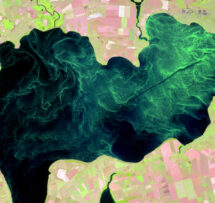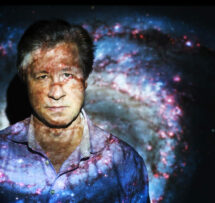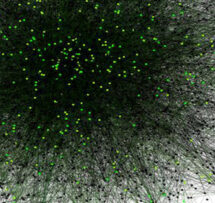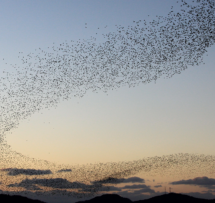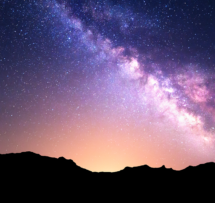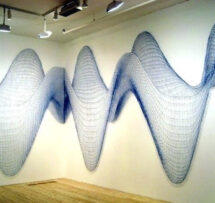The first image of a black hole

What is a black hole? What is so special about the image of a black hole? What did we actually see? What does it mean for our knowledge about physics? Do we know better what a black hole is now? Seeing a black hole is as if you image a mustard seed in New York from Amsterdam. How do you do that?
We have all heard about it, but never actually seen it. On April 10th of this year, the first ever published image of a black hole got the world mesmerised. Or to be more precise, a picture of the shadow of the black hole backlit by surrounding hot gas of the edge of the supermassive black hole in the universe of M87.
The gravitational field produced by black holes is so strong that not even light can escape when crossing its event horizon. An image of a black hole is not technically possible, however matter and gasses that are dragged around its event horizon emit light. This is the fire-like ring surrounding the shadow produced by the black hole.
The Event Horizon Telescope team, consisting of scientists all over the world, worked for decades with eight large telescopes spread around the earth, to come as close as you possibly can get of capturing an image of a black hole. Recently, the EHT team won the 2020 Breakthrough Prize for Fundamental Physics.
What makes this image so exciting, is that the accuracy of Einstein’s theory could be confirmed through the structure that the picture shows. And perhaps, even understanding what exactly happens when things fall inside a black hole might be possible in the foreseeable future.
During the National Science Weekend (Weekend van de Wetenschap), on Sunday October 6, Science and Cocktails will host a special edition, with three members of the Event Horizon Telescope team that worked on the development of the famous black hole image. Superstar astrophysicists Heino Falcke (Radboud University Nijmegen), Sera Markoff (University of Amsterdam) and Feryal Özel (Arizona University) will be rocking Paradiso’s main stage during a long and special edition on this mysterious phenomenon.
Photo: Colored images of a black hole accretion disk for various angles of view by J.-A. Marck, 1989 (unpublished)

Heino Falcke
The first image of a black hole
What is a black hole? What is so special about the image of a black hole? What did we actually see? What does it mean for our knowledge about physics? Do we know better what a black hole is now? Seeing a black hole is as if you image a mustard seed in New York from Amsterdam. How do you do that?
Talk by
Heino Falcke
Heino Falcke is the Chair of the Event Horizon Telescope Science Council, and based at the Radboud University Nijmegen as Professor of Astroparticle Physics and Radio Astronomy. He is specialised in black holes, and operating in theoretical, observational and experimental astrophysics.
His most recent work centres around one of the biggest questions in current astrophysics: the origin of the highest energetic cosmic particles. Here, a new generation of telescopes is used, such as the revolutionary Low Frequency Array (LOFAR)- telescope, based on a supercomputer.
Super massive black holes are likely to be amongst the producers of these particles. He is a LOFAR International Project Scientist and Chair of the Board at the Netherlands Foundation for Research in Astronomy (ASTRON), a member of the National Institute for Subatomic Physics (NIKHEF), and a visiting scientist at the Max-Planck-Institute.

Talk by
Feryal Özel
Feryal Özel is based at the University of Arizona, where she is Professor of Astronomy and Astrophysics and member of the Event Horizon Telescope Science Council. She has done pioneering and groundbreaking work on the physics of neutron stars and black holes, studied the co-evolution of black holes and galaxies in the early Universe, and was the first one to deliver accurate measurements of neutron star radii. Her work in accretion flows has lead her to be the first to predict the size of images of nearby supermassive black holes at different wave lengths. Prior to her professorship, she worked at the Niels Bohr Institute and CERN, and received her PhD from Harvard University in Astrophysics. At the Institute for Advanced Study at Princeton, she worked as a NASA Hubble Postdoctoral fellow. She has worked as an advisor for NASA and the National Science Foundation, is a fellow of the American Physical Society and a member of the Science Academy of Turkey. Feryal Özel has received many awards such as the Maria Goeppert Mayer Award from the American Physical Society and the Radcliffe Institute for Advanced Study fellowship. She is a frequent speaker on TV documentaries, and made many contributions to the popular press with scientific articles.

Talk by
Sera Markoff
Sera Markoff is a full professor in theoretical high energy astrophysics at the University of Amsterdam and member of the Event Horizon Telescope Science Council. Before arriving at the UvA in 2006, she earned her PhD in Theoretical Astrophysics from the University of Arizona in 2000, took a prestigious Humboldt Research Fellowship to the Max Planck Institute for Radio Astronomy in Germany, and a US National Science Foundation Postdoctoral fellowship to MIT in the US. She has received many prestigious grants, such as NWO Vidi in 2007, Vici 2015, and a EU Marie Curie ITN in 2008. She is an advisor of the Dutch National Research Organisation NWO, and has won several recognitions, including being named Fellow of the American Physical Society, and the Willem de Graaff prize for public outreach from the Royal Dutch Astronomical Society.
Sera’s specialisation is in accretion processes around compact objects. Her most recent focus is to understand how black holes release and channel energy into various forms such as radiation, high-energy particles and outflows, and how these outputs impact their surroundings.


